
Keeping up with cutting-edge wildlife research, as well as changes in state and national wildlife-oriented programs and legislation, can be a daunting task. Here we briefly summarize some of the key work taking place that will be of interest to wildlife enthusiasts and provide links so you can research of topics of interest.
Urban Carnivores
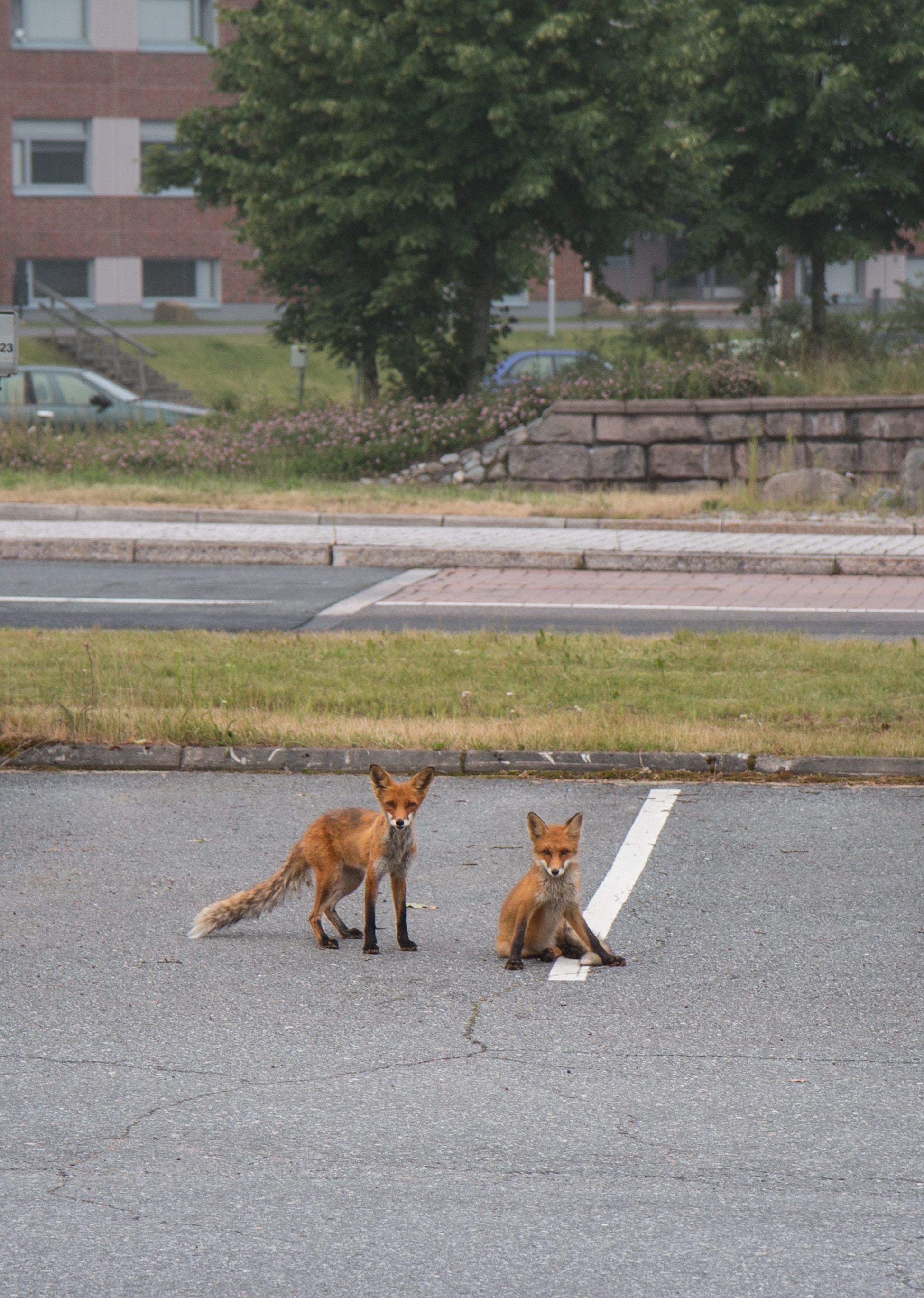
A study published in the journal of Landscape and Urban Planning compared telemetry data on two urban carnivores, radio-collared coyotes (Canis latrans) and red foxes (Vulpes vulpes) with citizen scientist data from iNaturalist. Researchers found a discrepancy between the techniques, with collar data revealing coyotes using a large arboretum and iNaturalist data showed coyotes in more developed areas where they interacted with people. The data can be useful to managers interested in learning where urban canids are intereacting with people and how to manage for potential conflicts. Learn more at https://wildlife.org/citizen-scientists-point-to-urban-carnivore-hotspots/
Bat Colonies Will Move
Bat maternity colonies will pick up and change forest areas when the quality of their home trees deteriorate, according to new research published in the Journal of Wildlife Management. The movement of bats to a new patch of forest in response to the natural loss of trees highlights the importance of conserving live and dead trees in forest areas in order to give big brown bats (Eptesicus fuscus) suitable present and future homes Read more at https://wildlife.org/jwm-bat-colonies-relocate-when-trees-fall/.
Researchers Identify Predators from Saliva at Kill Sites
DNA sleuths are identifying predators from kill sites with the help of the saliva they leave on their prey. This technique, which was successful on very small amounts of prey remains, was reported in a study published recently in Wildlife Society Bulletin. Researchers wanted to find a more accurate way to determine the predator responsible for making a kill. Saliva came into play as it was the only thing left behind by the predator. Further information at https://wildlife.org/wild-cam-researchers-id-predators-from-saliva-at-kill-sites/
Experts Take Stock of West Nile Lessons
West Nile virus was first detected in the United States in 1999, and it quickly spread from New York across the continent, into Canada and Mexico and then to Central and South America. The virus, which affected several bird species, as well as some amphibians, reptiles and mammals — including humans — served as a wake-up call regarding mosquito-spread diseases. In an article published in the Journal of Medical Entomology, experts provide their perspectives on what they learned from West Nile virus over the last 20 years of research. Learn more at https://wildlife.org/experts-take-stock-of-west-nile-lessons/
Wild Areas Halve Extinction Risk for Plants and Invertebrates

According to a recent study in Nature, plants and invertebrates are twice as likely to survive on undeveloped lands, Dividing the earth’s land surface into square-kilometer grids, researchers found that, not counting Antarctica, 20 percent of the land mass consisted of lands undisturbed by human activities. After filling in the known ranges of 400,000 plants and invertebrates, they estimated the extinction risk for each. Species in undisturbed landscapes had a 2.1percent chance of extinction within the next several decades, compared to a 5.6 percent chance for species on impacted lands. Read the full study at https://wildlife.org/wild-areas-halve-extinction-risk-for-plants-invertebrates/
Wind Energy Impact on Wildlife
Wind energy is one way to cut greenhouse gas emissions, but it can also impact wildlife. A new report published in Issues in Ecology explores the need to need to balance wildlife conservation with cutting greenhouse gas emissions in the face of climate change. The authors delve into what is already known about how wind energy impacts sensitive wildlife as well as where the species live. The report provides insight into how wind turbines affect birds and bats, which may be more at-risk of population-level effects as a result of wind turbines. Read the report at https://wildlife.org/report-examines-wind-energy-impact-on-wildlife/.

Ban Doesn’t Halt Cervid Feeding in Norway
After deadly chronic wasting disease appeared amid cervids in Norway in 2016, government officials implemented a supplemental feeding ban throughout the entire country. A recent study in the Journal of Wildlife Management summarized a survey asking if people still do supplemental feeding, for what species, when they do it and why. They found that the main feeding was of local roe deer by hunters and managers to increase winter survival. In the region where an early feeding ban occurred, more than 80 percent of the municipalities were feeding before the ban, and that was reduced to a little over 68 percent after the ban. Instead of a national ban, researchers suggests targeting areas where CWD has been detected in hopes that compliance may increase. Read more at https://wildlife.org/jwm-ban-doesnt-halt-cervid-feeding-in-norway/.
Kathy Andrews Wright retired from the Illinois Department of Natural Resources where she was editor of OutdoorIllinois magazine. She is currently the editor of OutdoorIllinois Journal.





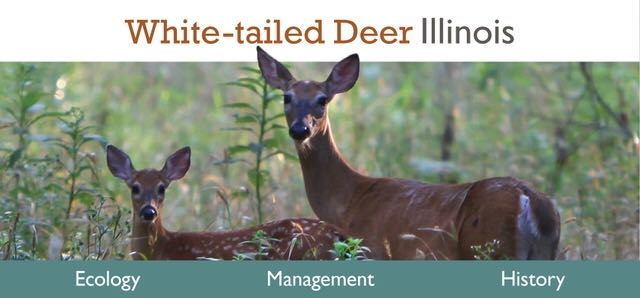
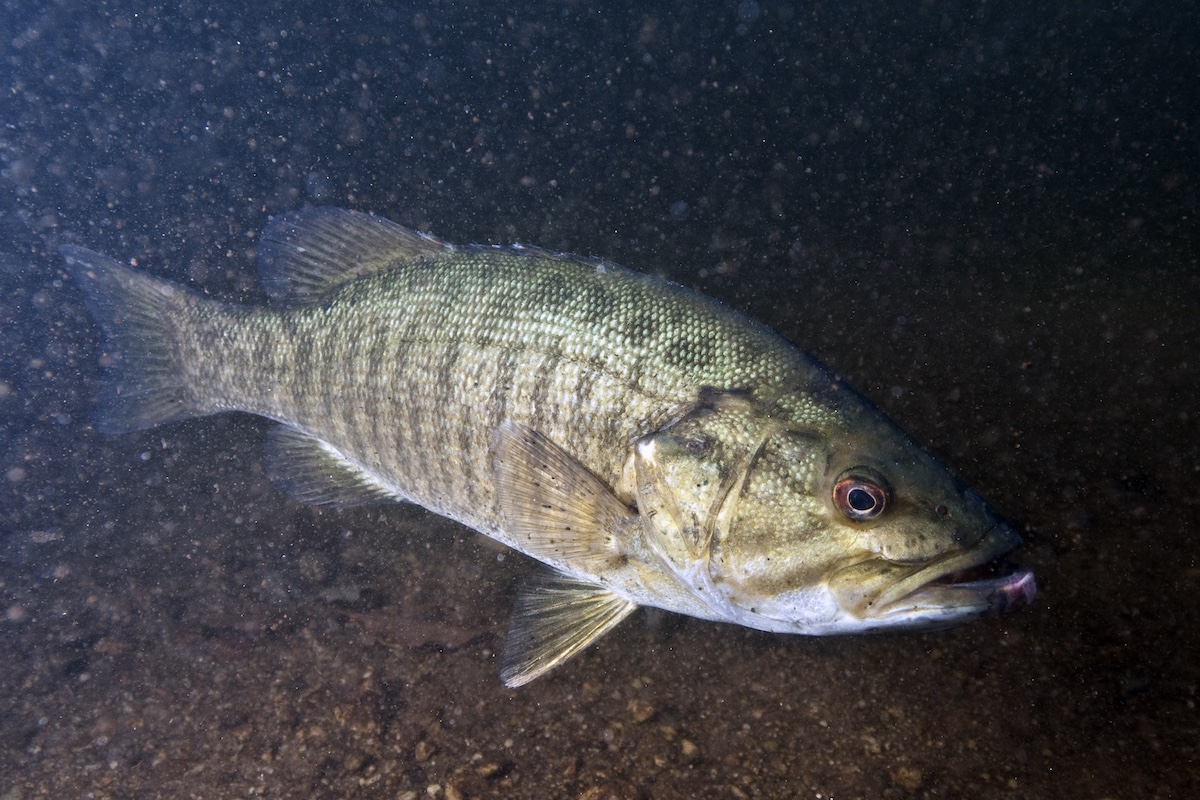
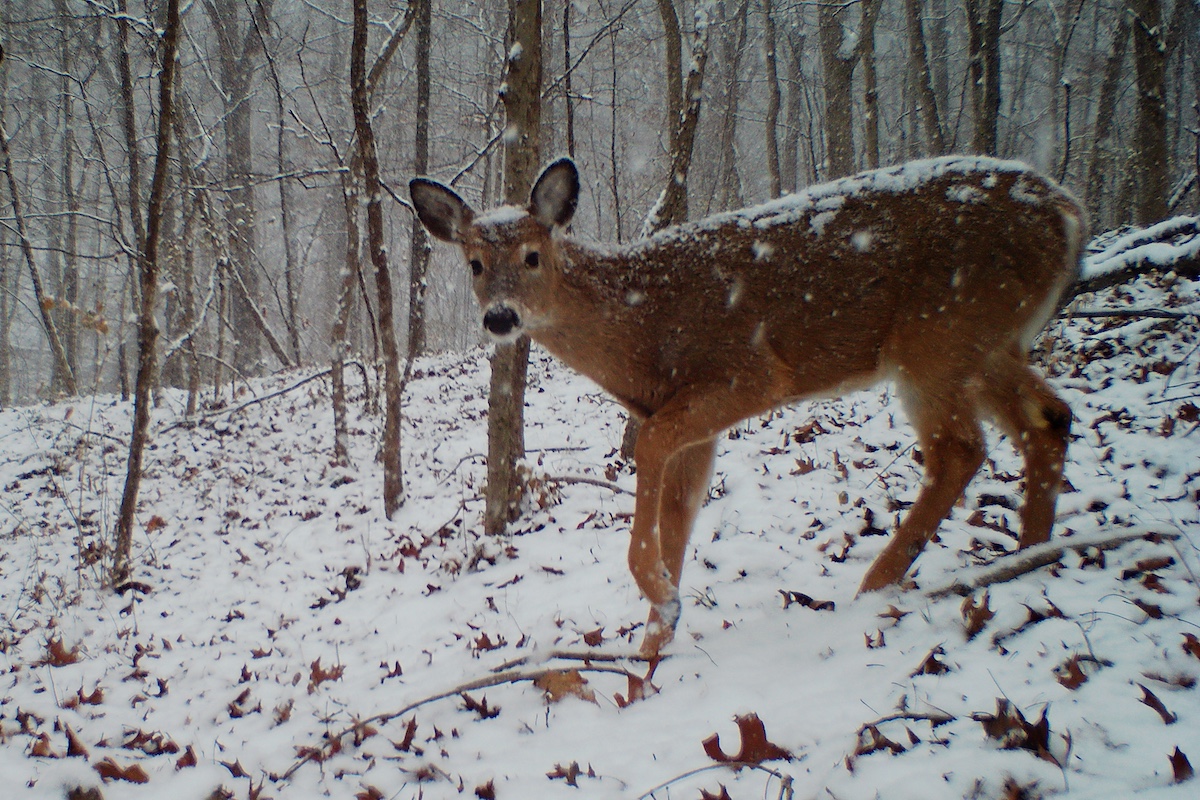
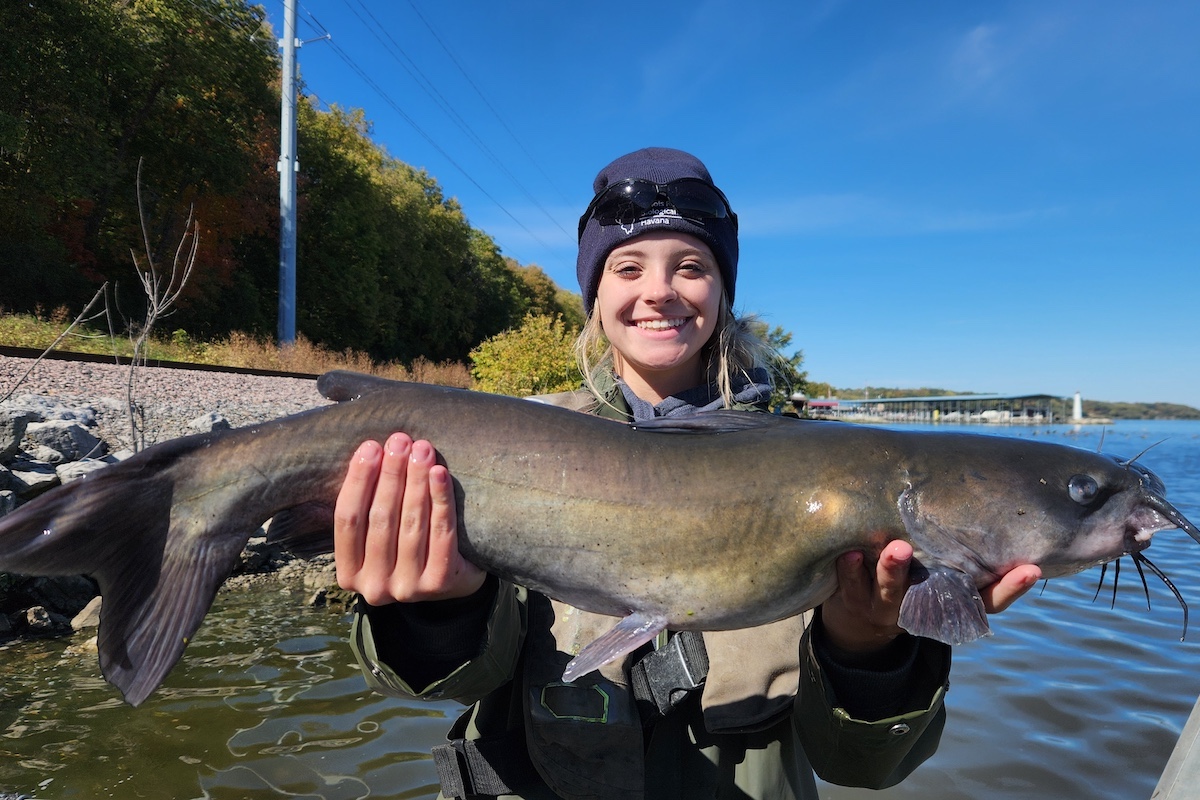
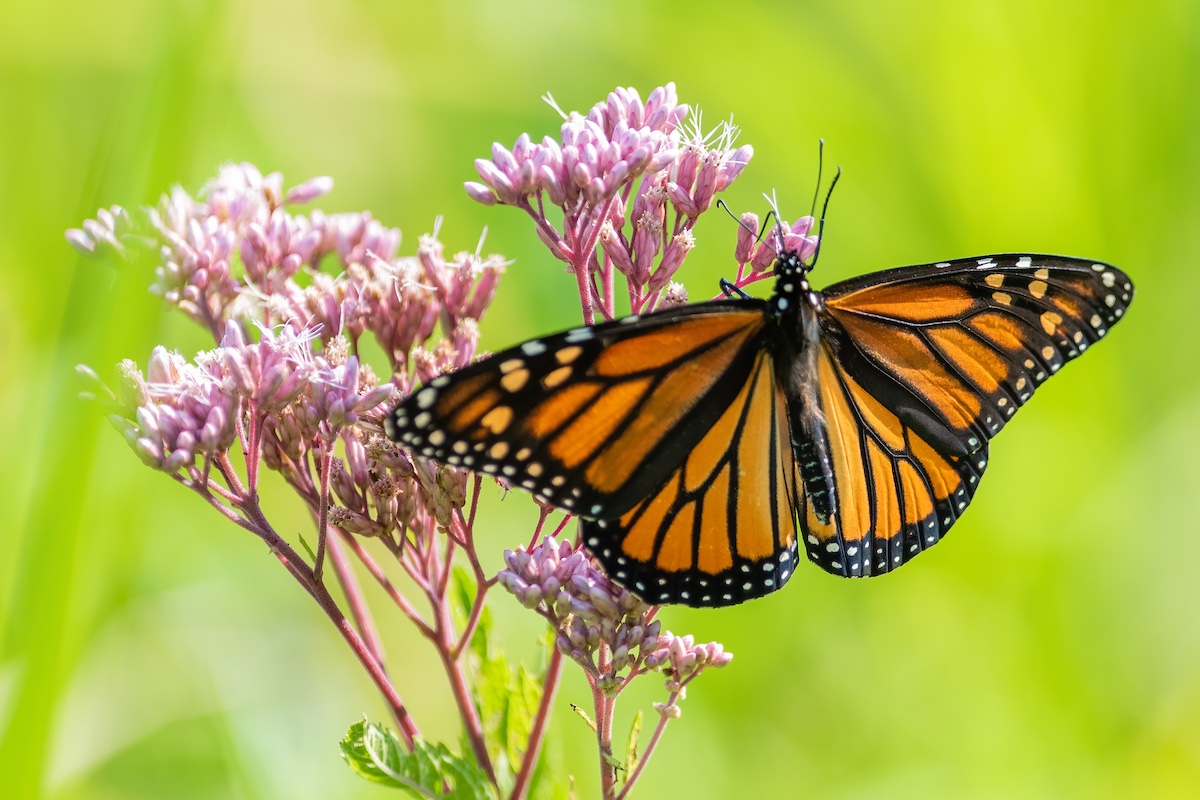
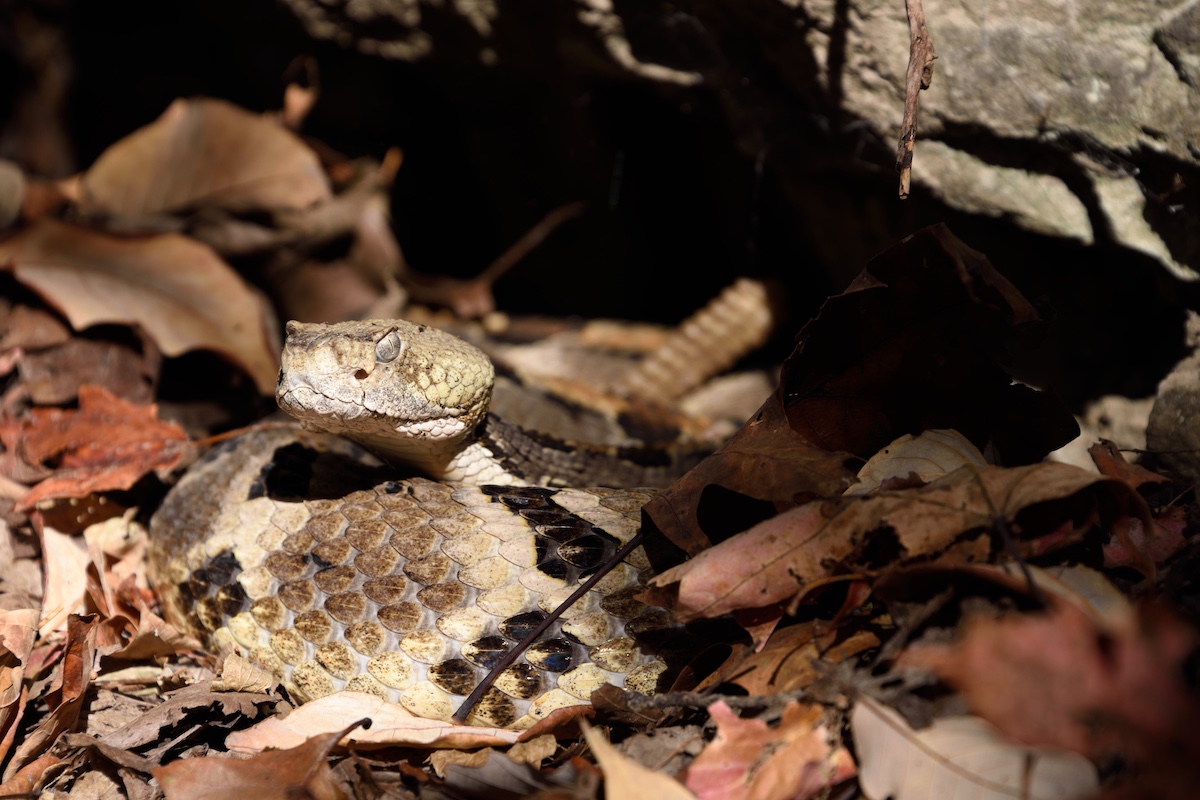
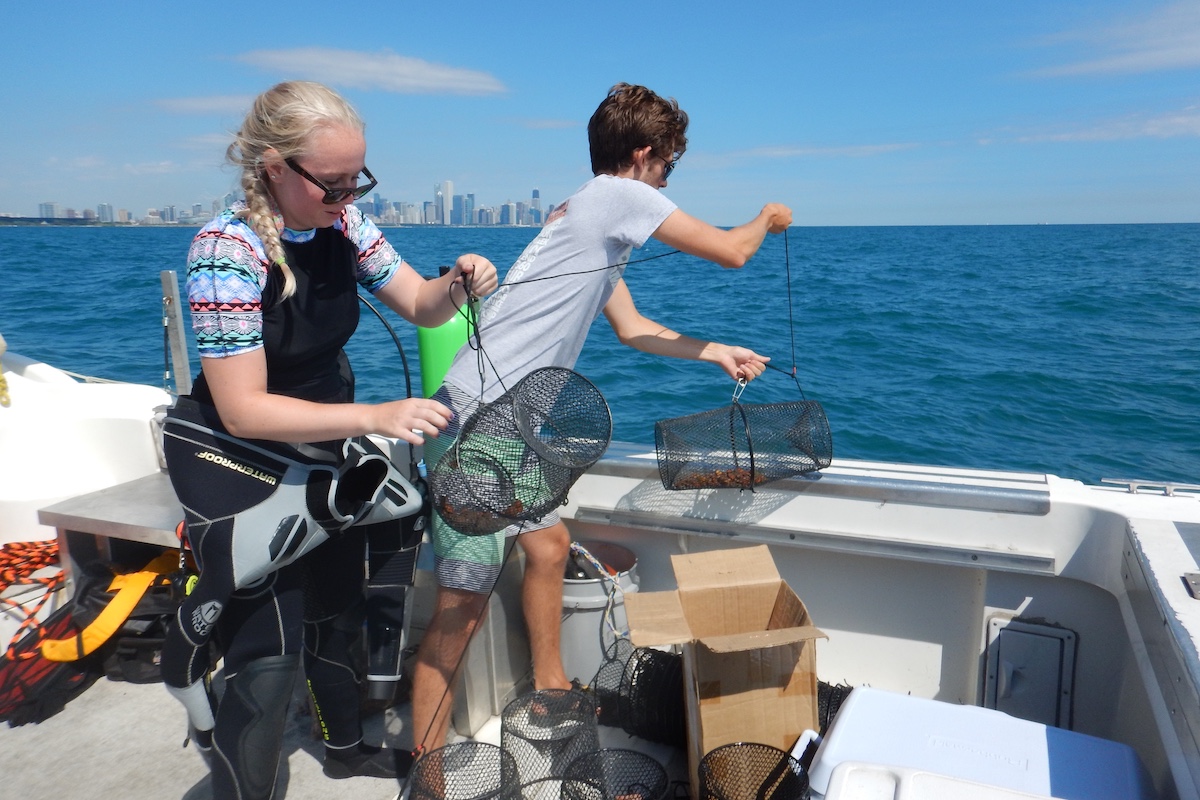
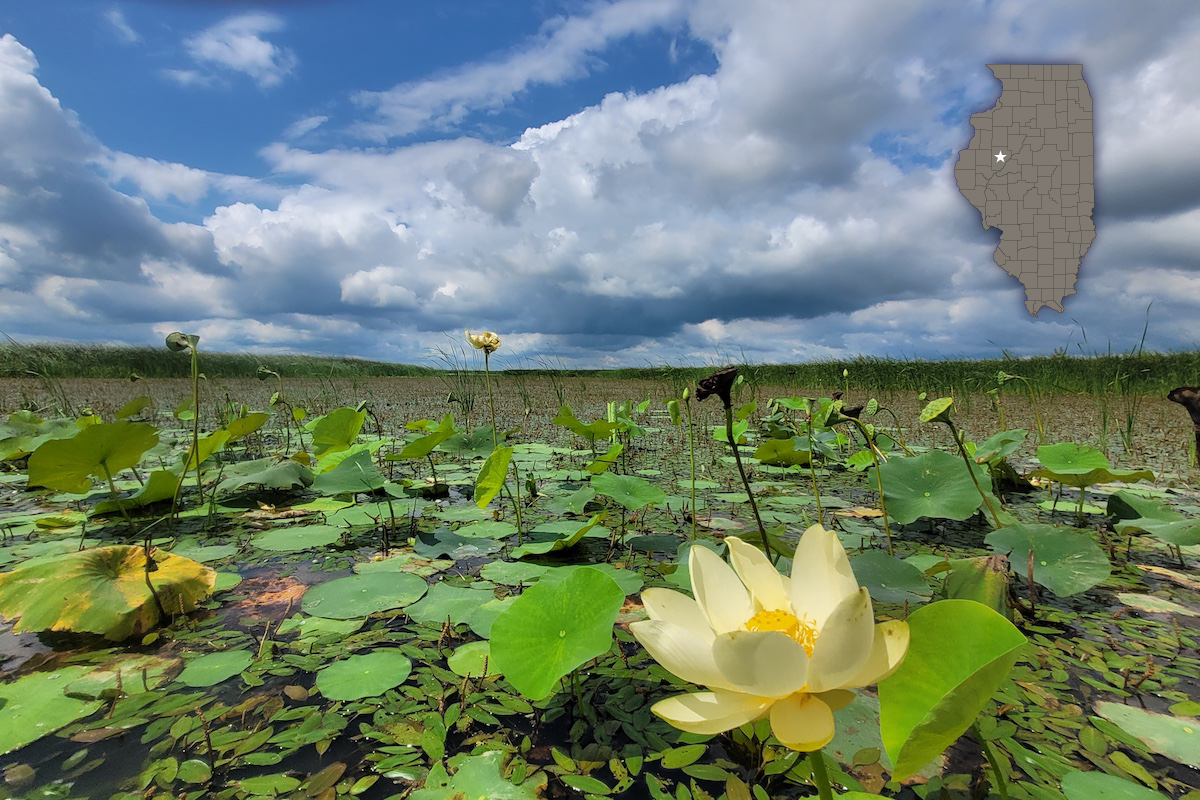
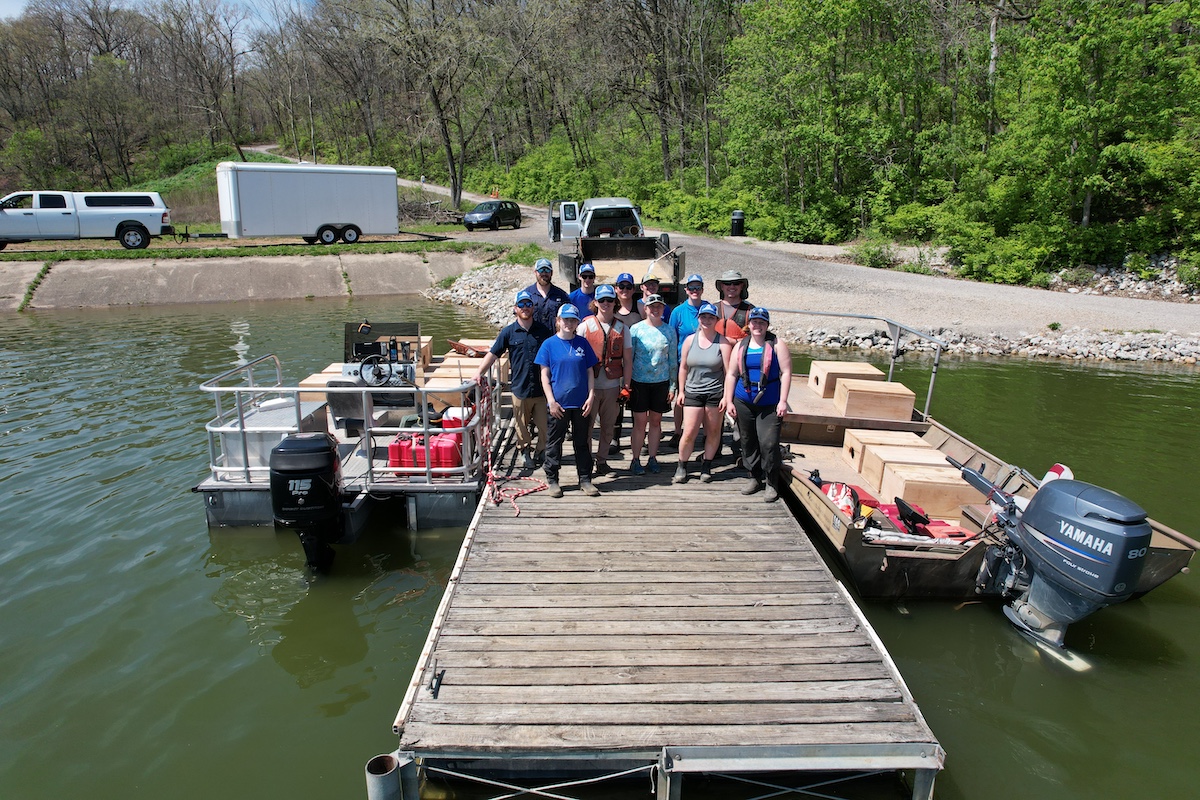


Submit a question for the author